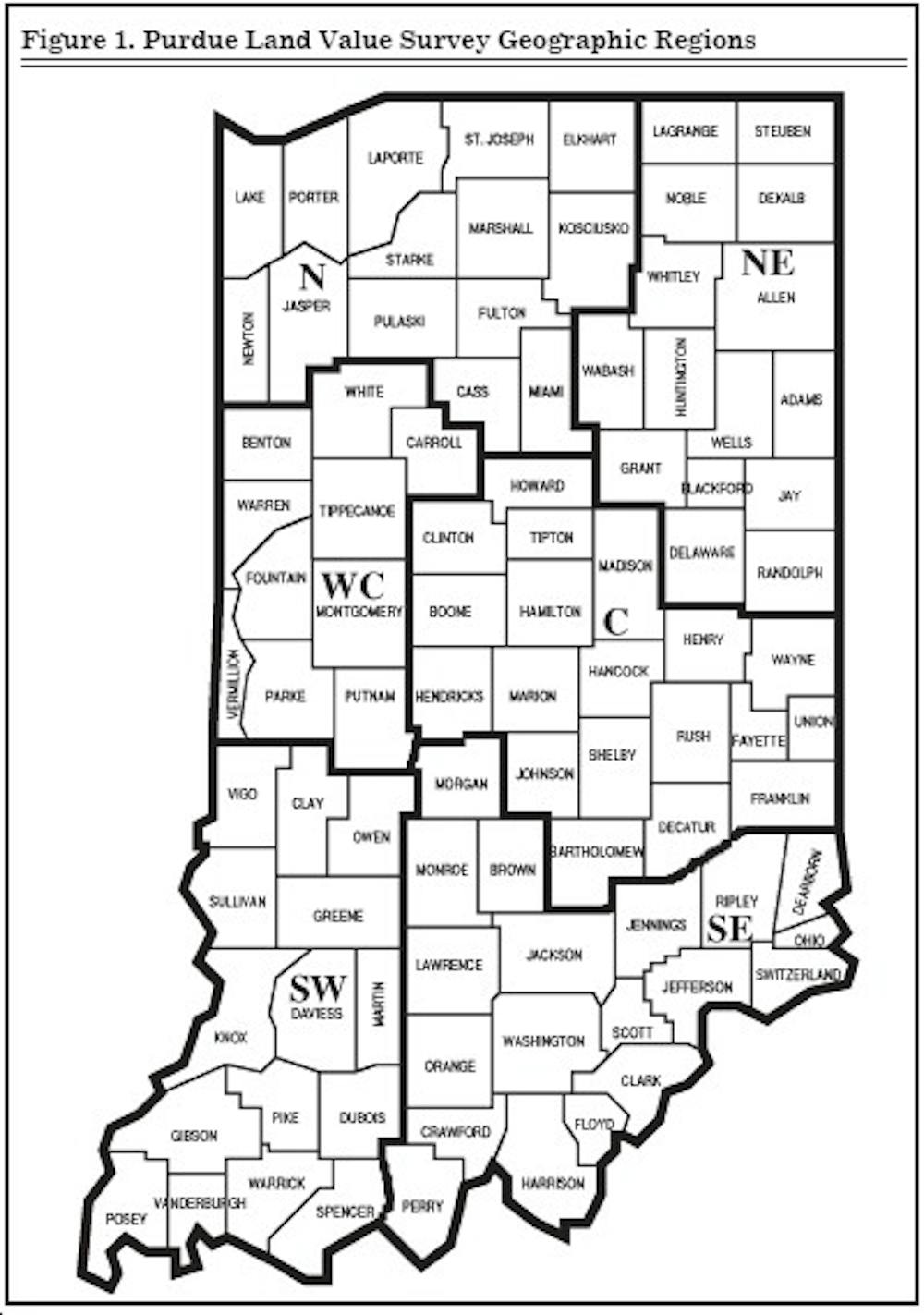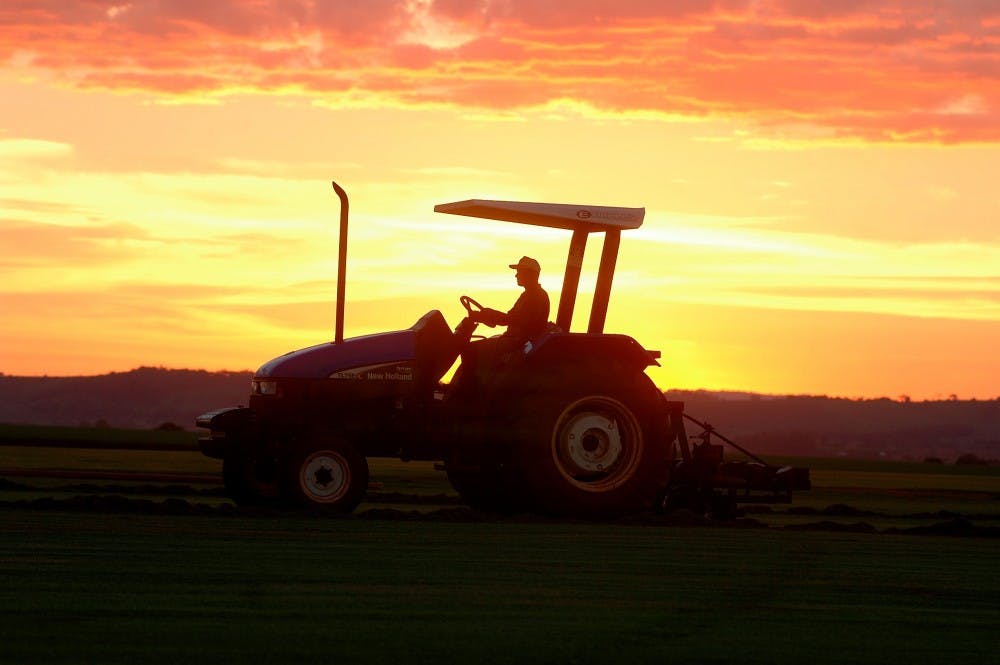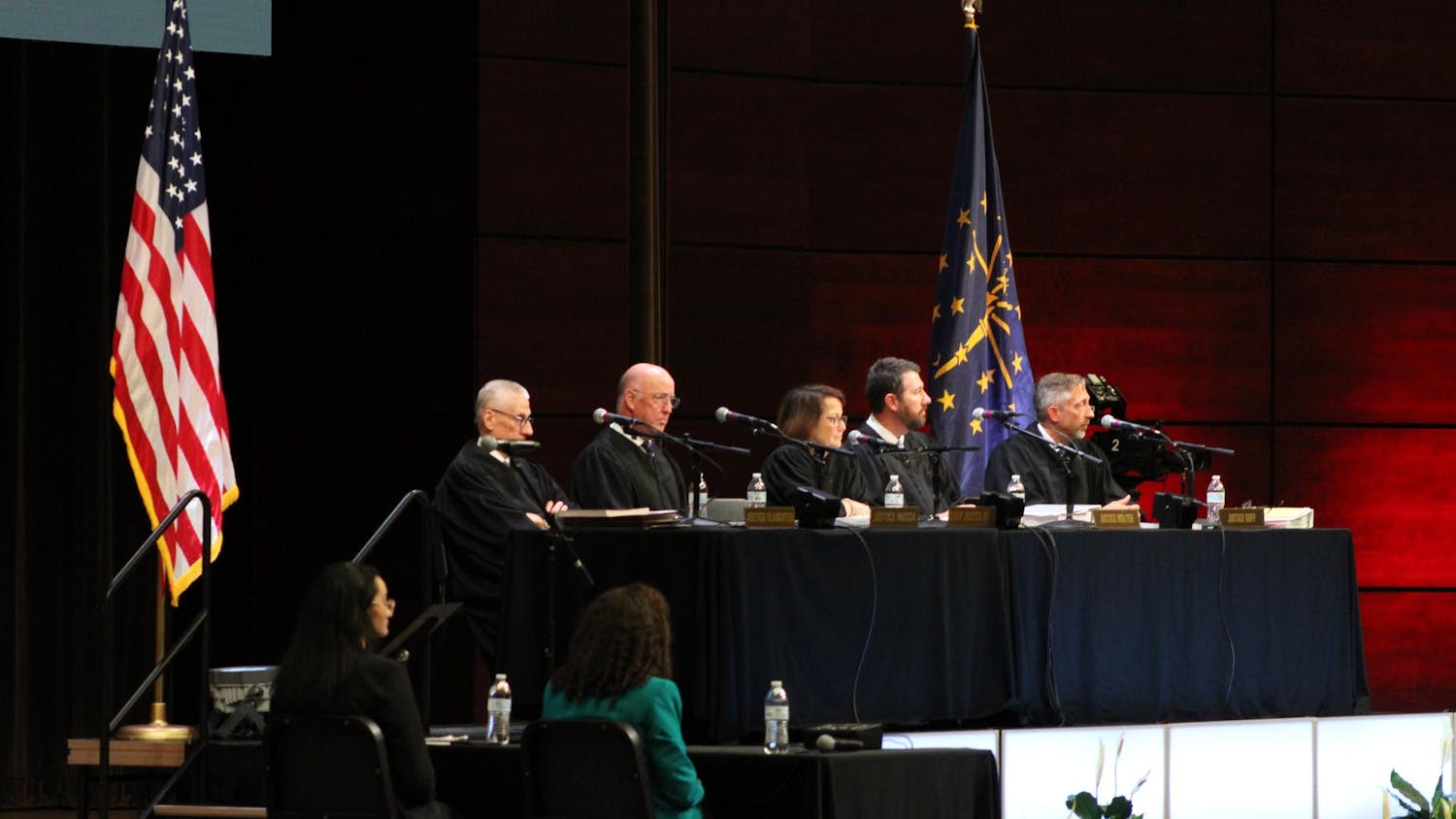
By Olivia Jessup
The value of farmland is increasing in Indiana and across the Midwest, despite the severe drought in the summer of 2012, and they could continue to increase, according to a recent survey from Purdue University.
The survey taken in June showed that farmland value increased statewide anywhere from 14.3 percent to 18.1 percent. As a whole, the survey found the average value of bare cropland ranged from $5,013 per acre for poor quality land to $7,704 per acre for top quality land. Regardless of the fact last summer was the worst drought since 1988, these values and prices have continued to rise.
Although this is beneficial to the local economy, some economists have pointed out the potential dangers that could arise from this sudden increase.
"Buyers need to guard against current conditions making them overly optimistic about the market's future, or tempting them to borrow too much money for the investment," said Craig Dobbins, Purdue Extension agricultural economist, according to the News Times.
Dobbins noted that the high market values mean the farmland market is competitive right now. He stated there are dangers if this trend continues and potential buyers are wrong about the future of the market.
According to Gloy, the agriculture industry has had numerous periods of boom and bust in the past. The current values depend on low interest rates and high farm returns. In one of his presentations, Gloy suggests there is a possibility that times could conceivably get better or worse.
Hadley Mitchell, professor of Economics at Taylor, is also cautious.
"Some of the wiser farmers are saying, 'It's getting out of line,' because they've seen this 40 years ago," Mitchell said. "And then what happened was, as interest rates went back up, as the cash price for corn-or whatever grain you're raising-drops, some of these farmers found they had much more debt than they could handle and lost their farms."
Of the farmers in the Purdue survey, most of them agreed that farmland value would continue to increase in the near future. However, when it came to the five-year outlook, some disagreed. Fifty-three percent thought farmland values would be higher in five years, 27 percent predicted there would be no change and 20 percent expected values would be lower, as noted in both the survey and in the News Times.
Despite the dangers, numerous economic benefits could come from the increase in farmland value. Mitchell noted these benefits and dangers might not permeate the entire community, but this increase could help stimulate the local economy.
"To the extent that the local community is more prosperous because of that, what it can do, depending on how it's spent, is to provide more jobs within the Grant County area," Mitchell said.




